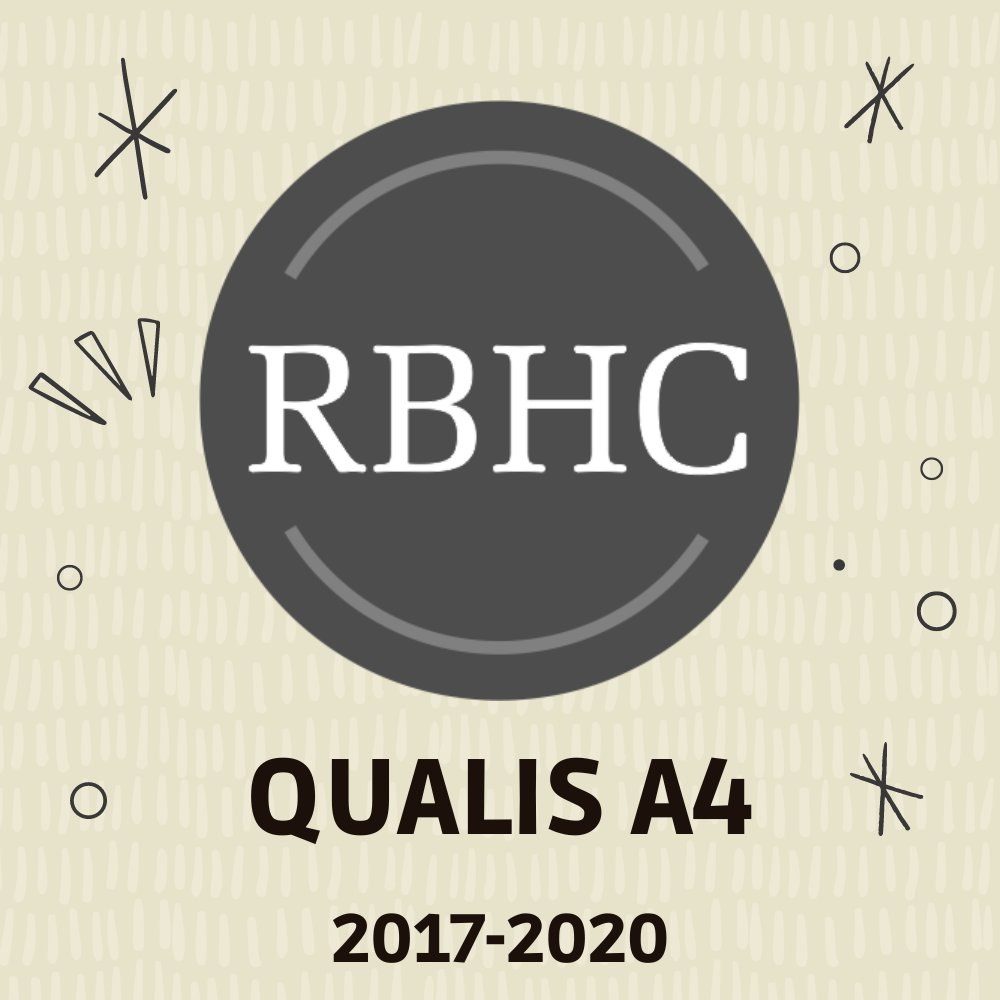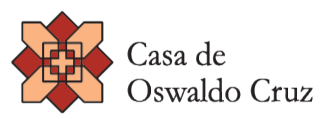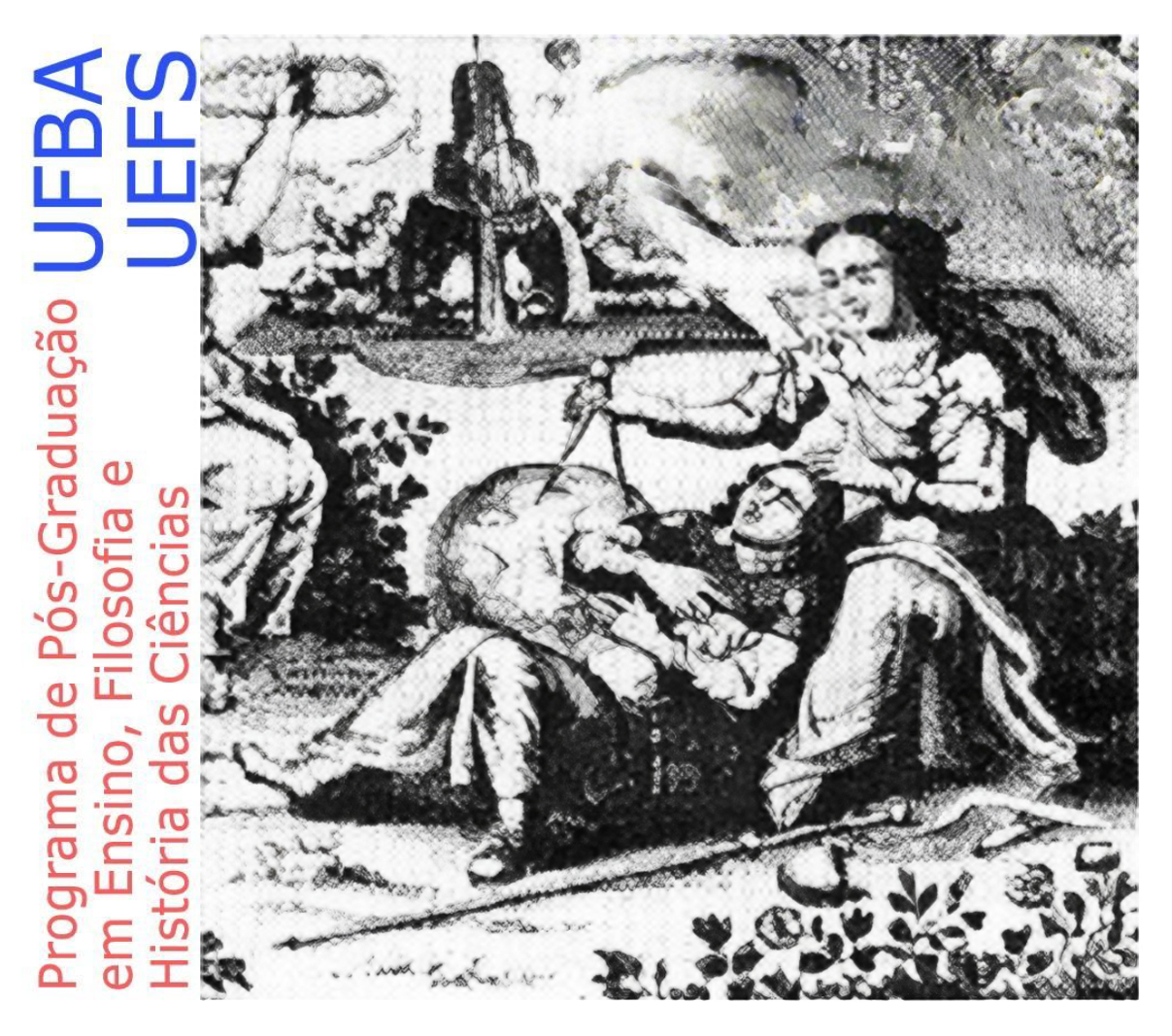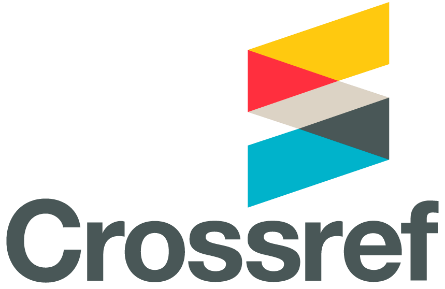Science as a network and its applications in the analysis of the image of science in instructional teaching materials for the classroom
DOI:
https://doi.org/10.53727/rbhc.v7i2.202Palabras clave:
Bruno Latour's circulation of science model, science as a network, history of science in science, education, social studies of scienceResumen
The inclusion of historical content in science classes has been widely discussed even before science education emerged as a discipline. In this paper we aim to show that when science is understood as a complex network, network analysis can be used to identify and strengthen elements that make up its historical narrative. This narrative can then be introduced at school in order to communicate a more contextualized, human, and connected image of science more akin to scientists’ science. First, we show some applications of a methodology based on Bruno Latour’s model of science circulation in the analysis of various classroom materials: textbooks, documentaries, movies, and biographies. Then, based on the results of these applications we discuss the model’ sapplications we discuss the model’s we discuss the model’s vast potential for identifying various aspects that could be strengthened in the classroom, thus providing the possibility of writing a more “personalized” history of science, one more in tune with teachers’ and students’ varying interests and that more closely resembles what scientific activity actually means in the contemporary world.
Descargas
Descargas
Publicado
Número
Sección
Licencia

Esta obra está bajo una licencia internacional Creative Commons Atribución-NoComercial-SinDerivadas 4.0.



















